Sometimes it is desirable to have a third selvedge on your woven piece. I like to start projects like key fobs with a third selvedge so I have a smooth finished edge to thread through the key ring rather than a fringe or raw edge that has to be sewn.
I do this by threading a thin steel knitting pin through the end loops of my warp and lashing that to my loom bar. If the yarn is heavier I use a length of piano wire or even a bicycle spoke works well. You could use a length of coat hanger wire for heavy yarn. Some of the options can be seen below. Regular knitting needles are not strong enough for this.
Above you can see the warp with the knitting pin in place. I have tied two “straps” to the loom bar and will slide the two ends of the pin under those. For wide warps you may have to later tie additional straps at various points across the width of the warp.
The pin is now lashed to the loom bar and you are ready to start weaving.
When you are done weaving, withdraw the knitting pin and pass the weft on a sewing or tapestry needle to fill the gap left behind.
This gives a neat edge for keyfobs, bookmarks, wall hangings and other items where fringe or braids are not needed at both ends of the piece.
TIP: Tie the string or thick cotton around as tightly as possible to your loom bars first. Then slide your metal rod under these ties. the cotton should be so tight on the loom bar that it is almost impossible to slide the rod under. Use a curved needle to lift the cotton ties and work the metal rod into place. Then slide the cotton ties so that they are right next to the edges of your warp. This will help stop the rod from bending as you put tension on the warp. On wider pieces add extra ties in the center of the warp and at various other points across its width.
Here are the knitting pins I use with finer yarns…
Since writing this FAQ page, I have stopped using thread as straps and started using plastic cable ties. They are much more secure and save you from having to worry about your knots possibly slipping and loosening. You can get some ultra thin cable ties in all kinds of lengths. If I use them on wide warps where I need to distribute three or four across the width of the warp, I will usually remove them and replace them with thread when it comes time to roll the woven cloth and advance the warp. Once you have rolled the cloth, there is less pull against the metal rod and less demand on the straps and therefore no need to worry about the knots loosening. The cable ties can sometimes get in the way when rolling. I can usually manage rollinig two to three turns before they get in the way.
Of course, lashing all the way across with one continuous cord is the traditional way to do this. I was very much used to doing this when I did the Navajo-style of weft-faced weaving before coming to warp-faced weaving. However, I still prefer not to lash with a continuous piece of cord for my warp-faced weaving for various reasons. That’s just my quirky way! If you choose to use the traditional method, just make sure that you do it tightly and take up all the slack in the cord before you secure it. Otherwise parts of the warp will pull away from the beam as soon as you put tension on the warp and that will mess with the tension across the warp. The sections that get pulled away from the beam will be looser than the others.
Here’s a video of a weaver in the Bolivian highlands lashing her warp to the beam using a header cord within the warp and a length of string for lashing. It’s the video clip on the right hand side of the screen.







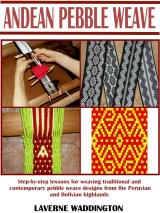
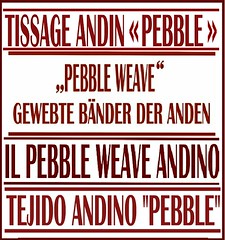
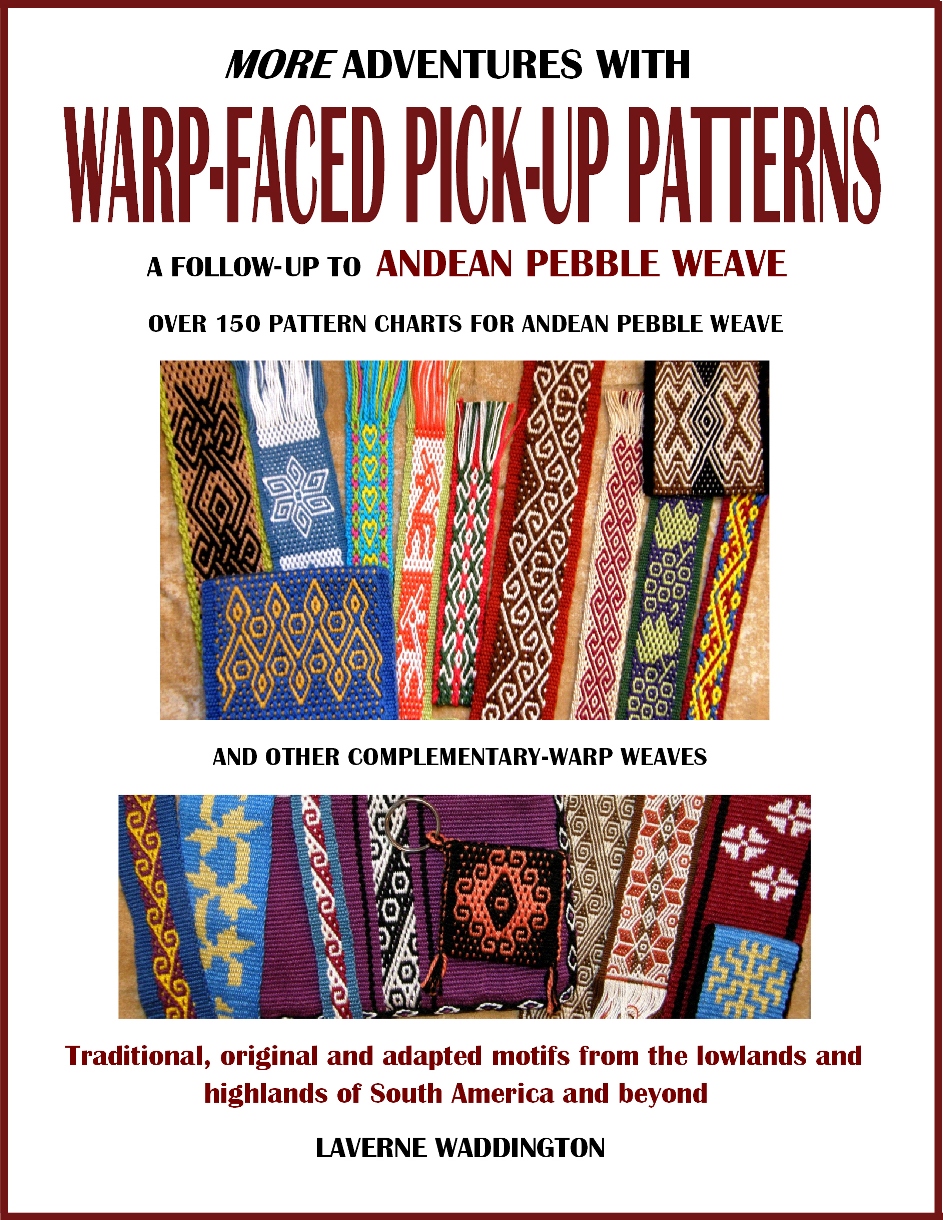
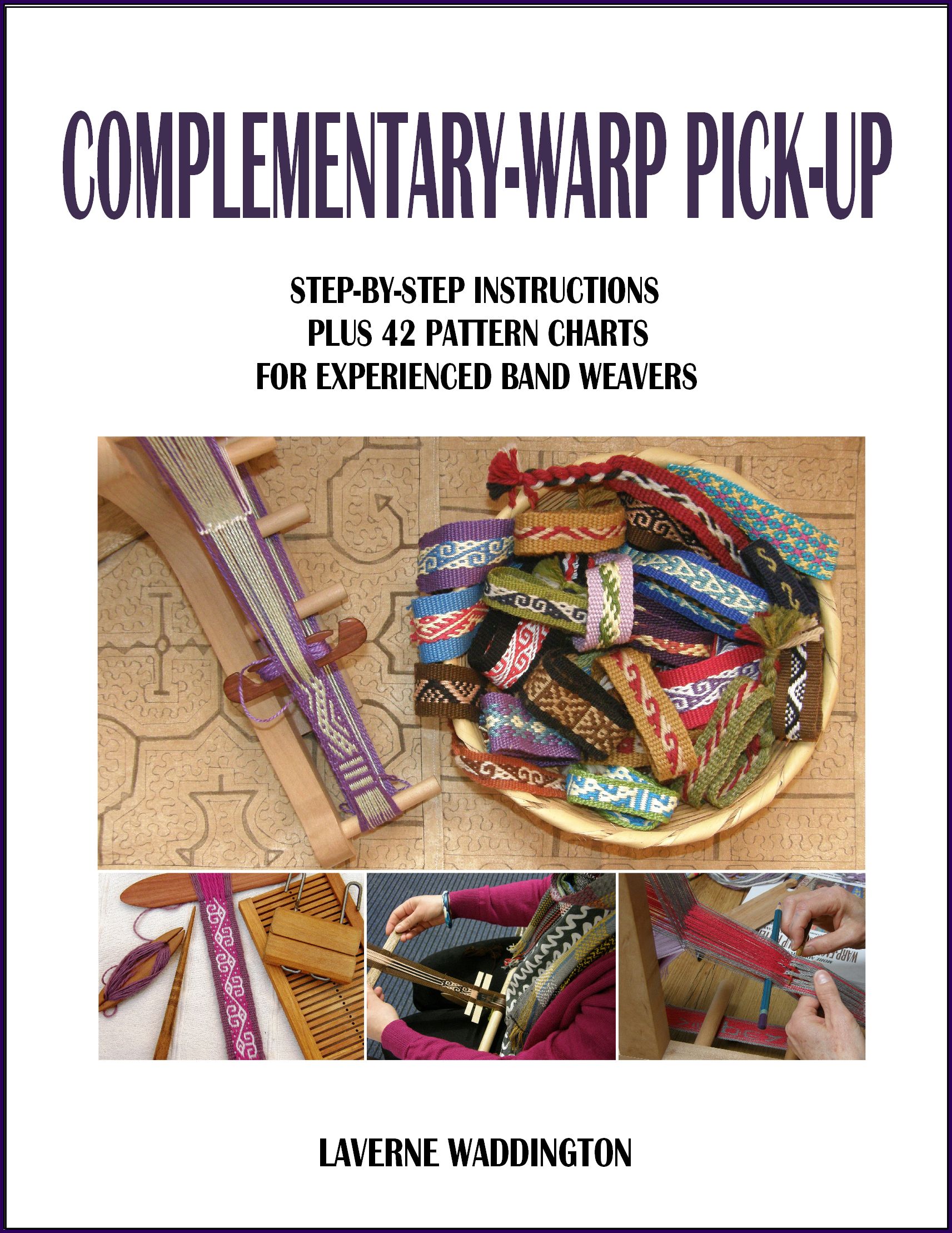
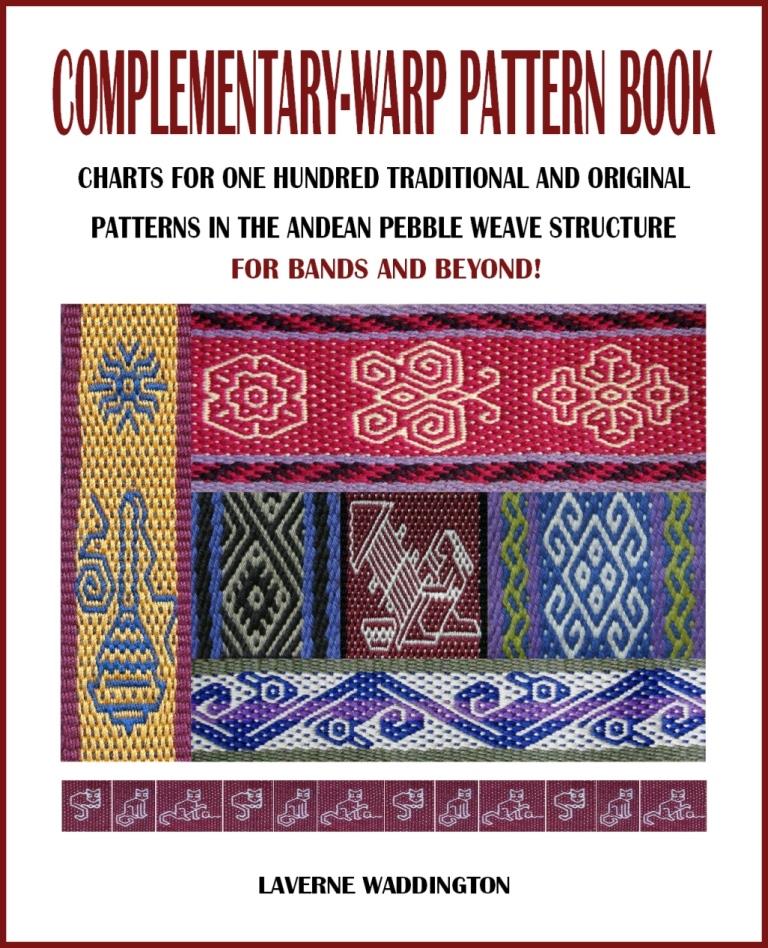
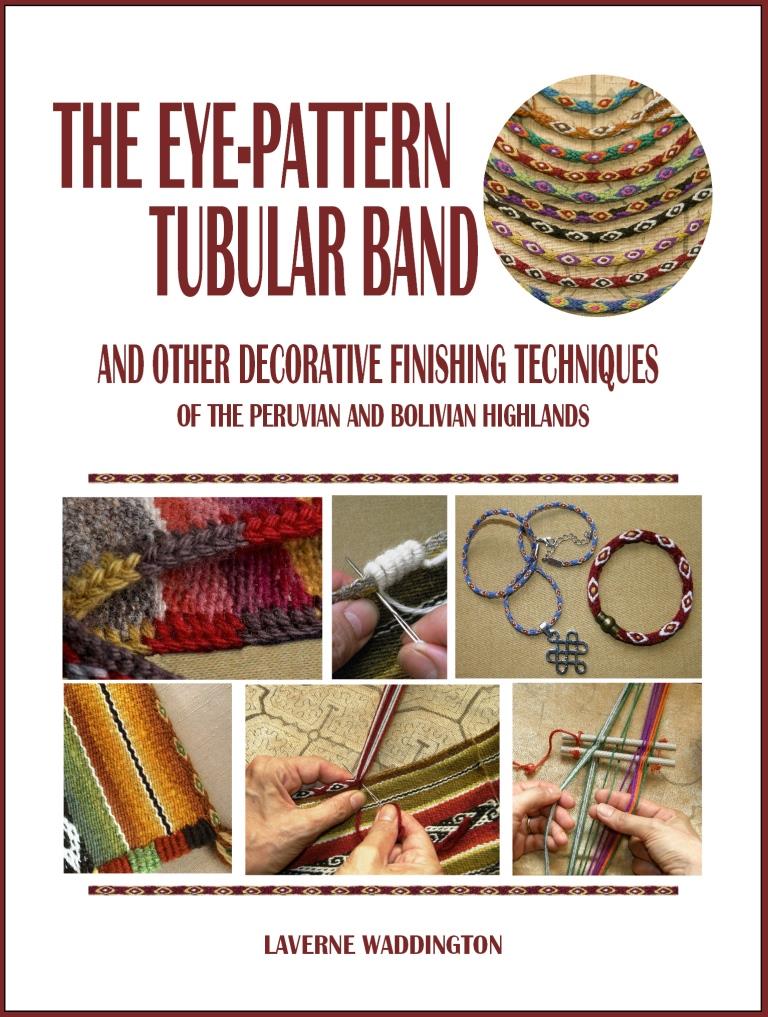
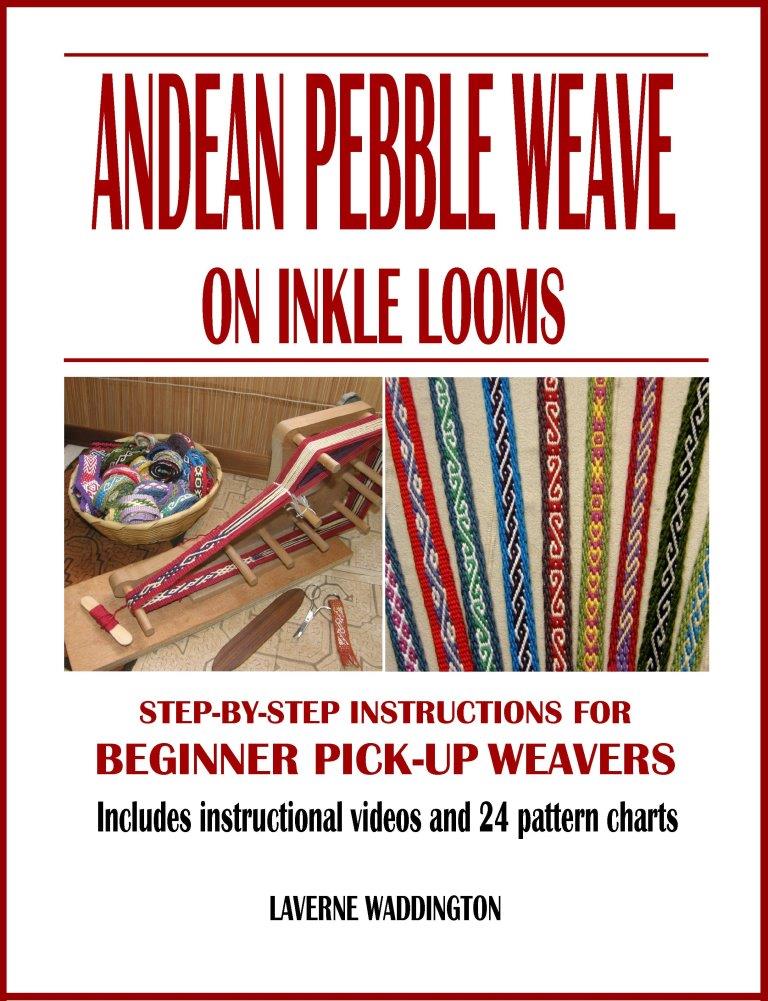


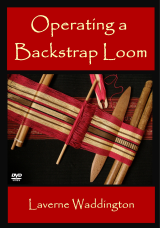
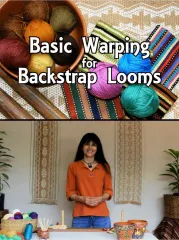







Hi There!!!
Thank you very much for all your lessons !! I now learn a bit about back strap waving with help of you !!
But, I have a question or two:
1 – When I wave today, I only can show the vertical strings and, I would like to show the others too. How to do it?
2 – And, I would like to put some very simple designs on my fabrics. What is the trick for this? !
By the way, can we be friend? I am from Antalya- Turkey and I love all hand crafts !!
Thank you very much.
Kind regards.
Devrim Gulsen ( Gülşen )
By: Devrim on January 3, 2012
at 10:16 pm
Hi Devrim,
So you are weaving now. That is great. I hope you will tell me something about weaving in Turkey one day.
If you want to weave and see both the vertical and horizontal strings (the warp and the weft). The easiest thing to do is use a rigid heddle. i don’t know if you can get one where you live. Maybe someone can make one for you. Take a look at this blog post of mine and you will see weavings with rigid heddles…
You can make nice simple designs by simply adding stripes to your warp to start with. You can also change the color of your weft (the horizontal strings. Take it slowly and get used to what you are doing first. You will find lots of tutorials on my blog showing you how to make more complex patterns when you weave only seeing the vertical strings (this is called warp-faced weaving).
By: lavernewaddington on January 4, 2012
at 9:32 pm
Just went to La Cancha in Cochabamba and for 11Bs got a few skeins of yarn and a broom handle. I have about 10 inches woven on 15 warps. This was so much fun! Now though, I don’t know how to take it off our finish the end. I would rather not have fringe. I started as above, but how do I finish the other end?
Looking forward to meeting you this winter in Santa Cruz! Maybe August.
By: Kim Carney on April 21, 2014
at 11:28 pm
Hello! Thanks for the tutorials. I have the same question as above by Kim. I have been rattling over it my mind how to finish the other end without fringe. Would I do the same as starting the weave and insert a needle? Then flip the piece and start weaving from the other end, finishing in the middle?
Thanks!
By: David Pecusa on May 14, 2015
at 5:26 pm
What you describe is correct but it is really quite a tedious thing to do. As you can imagine, the space in which you are weaving in the middle will get smaller and smaller until in the end you will have to remove the heddles and sticks andneedle weave the last few weft shots, that is, go over and under the warp ends with your weft on a needle to pick up the shed by hand.
By: lavernewaddington on May 16, 2015
at 4:23 am
Thanks for the reply. 🙂 So I am guessing instead of “needle weaving” to close the piece go on ahead and snip the warp on the end. Then sew to create a hem? I am Native American from the Hopi tribe in Arizona. I weave garments that are used in our ceremonies and use the up right stationary loom. I was taught to needle weave to close the garment and it is quite tedious. I am liking the backstrap method as the work is right up close to you. I always wanted to travel to Latin America to learn supplementary methods from indigenous weavers . I am glad to have found your website via youtube tutorials.
Thanks again,
David Pecusa
By: David Pecusa on May 16, 2015
at 1:42 pm
Ah, so you already know the “fun” of needle weaving that last inch!, if you don’t want fringe, that is what you need to do. But, as you say, you can also hem the cut end. Do you work with cotton or wool? I am pleased my blog has been helpful for you. Having the warp connected to your body is one of the lovely things about backstrap weaving. I imagine you create beautiful cloth for garments on your upright loom.
By: lavernewaddington on May 16, 2015
at 2:04 pm
Had a bad disaster with trying to lash the warp to the loom.
Instead of doing it right away, I attempted to do it after creating a new cross for double weave, and after making the heddles.
When I tried to transfer the warp ends to the wire, many of them were not looped around and I tried in vain to put them back. It just got too confusing as I could not tell where they should go.
I ended up scrapping the whole thing, which was a real drag.
I re-visited your tutorial and will lash it immediately after warping instead of waiting. Too bad because it was a really beautiful design.
By: kris on September 10, 2015
at 6:12 am
Oh, I feel your pain. Well, you learn from these disasters! The wire goes, as you have now learned, where your near loom bar is positioned and has nothing to do with the cross. Tying a safety string loosely about the warp ends at the loom bar can also help if there is a slip up as you try to transfer the ends to the wire. The safety string will enable you to recover the ends even if you have dropped the whole thing.Good luck with your next attempt 🙂
By: lavernewaddington on September 10, 2015
at 1:52 pm